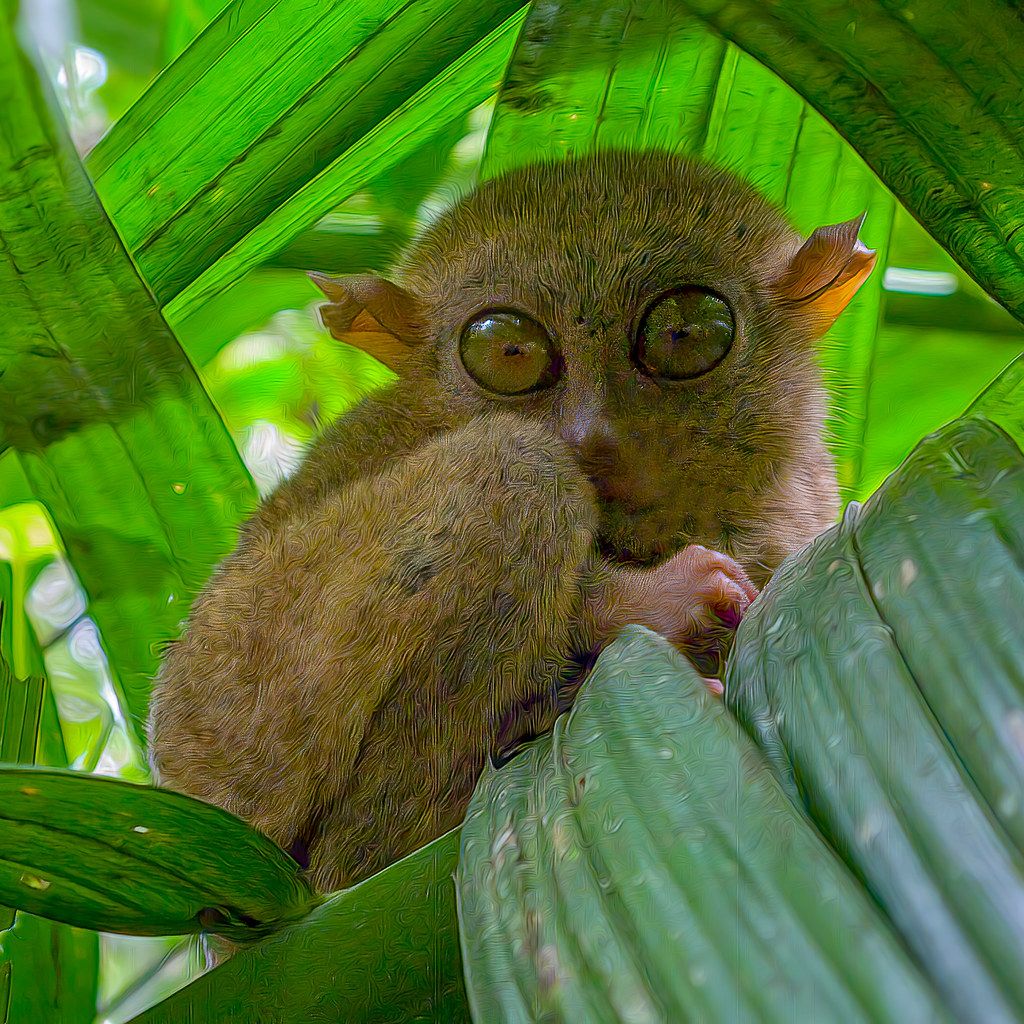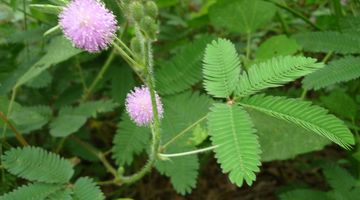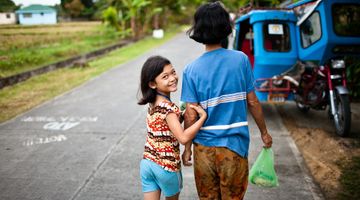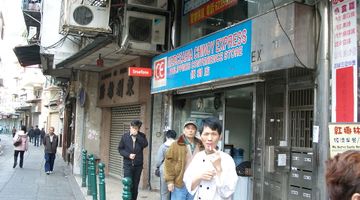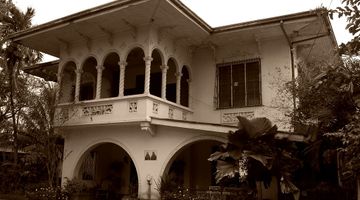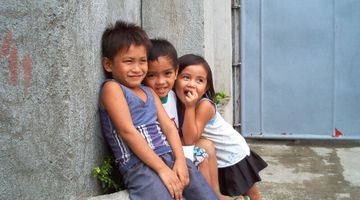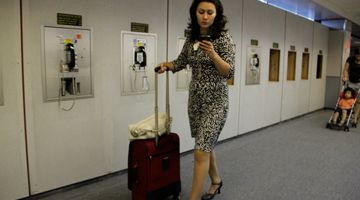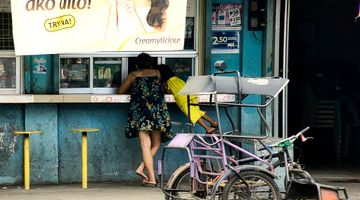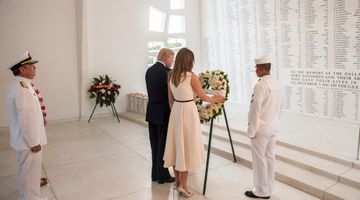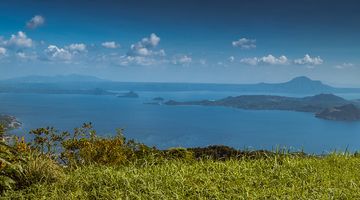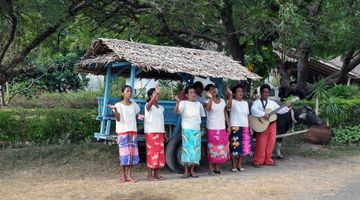Bohol Travel Guide
In a nutshell
Bohol has everything you'd want from a visit to the Philippines, from lush jungle to beautiful countryside and spectacular beaches. It's also host to historic churches and amazing wildlife, including the tarsier (the world’s smallest monkey) and fireflies.
Why go to Bohol
It's very tourist friendly, easy to get to and - as with most places in the Philippines - the locals are extremely welcoming. Whether you're a beach lover in search of a 5* resort or a backpacker looking to get out and explore the island’s natural landscapes, you're sure to find just what you're looking for in Bohol.
Some of the most popular attractions include local waterfalls and countryside landscapes, most notably the island’s famous ‘Chocolate Hills’: limestone hillocks standing tall in the heart of the forested centre of Bohol. Another popular stop off on most day tours include one of the Tarsier sanctuaries and other wildlife attractions like butterfly farms.
It's also famous for the beautiful beaches, particularly those in Panglao, with Alona Beach one of the most celebrated resort areas that's always busy with travellers.
Bohol is well known for snorkelling and scuba diving, with many people considering it a world leading dive site. Often travellers will head out on excursions towards nearby Cebu to swim with whale sharks - a once in a lifetime travel experience. Another popular experience is taking a cruise down the Loboc river and enjoying dance performances in local villages, whilst night time cruises allow you to see thousands of fireflies lighting up trees on the river banks.
When to go to Bohol
Most travel to Bohol between December and April, when rain showers are infrequent and the weather isn't too hot. May and June are also popular but it's far hotter in these months and avoiding Bohol when the monsoon takes place between July and November is advisable.
Where to stay on Bohol
Accommodation options on Bohol are numerous, with most choosing to stay at Panglao Island, a small island to the South of Bohol that's connected to the mainland by a bridge. This is home to some of the best dive spots and also some of the most attractive beaches.
There are many luxury resorts in Bohol that are designed for wealthier tourists to come and relax in an all inclusive beachfront location. Many of these boast small but luxurious bungalows, as well as both swimming pools and private beach access.
If you're on a tighter budget then there are also many options in the budget and mid range level. These tend to be cost effective by western standards but more expensive than most other South East Asian destinations. Sometimes for what you're paying compared with Thailand or Vietnam you'll feel the facilities are surprisingly basic, although the hospitality usually helps to make up for the prices
Where to eat in Bohol
As with accommodation there is plenty of choice when it comes to food and by eating at places more popular with locals it's not too expensive. Many of the restaurants are Filipino grill style eateries where you can pick your meat and enjoy a set menu with rice, sometimes a small salad and usually a glass of ice tea. Typical meats on the grill include pork belly, chicken skewers etc and it will normally cost between PHP200 and PHP300.
There are also many international restaurants that cover everything from mid range to high-end western and Filipino specialities. A lot of the nicer resorts will have onsite restaurants or buffets that serve great food, although this is usually reserved for those on a more generous budget. The seafood in Bohol is also excellent and should definitely be enjoyed at least once on any trip to the island.
How to get around Bohol
Bohol is a fairly small island but while the main resort areas where you're likely to stay, for example Alona Beach, are easy to get around on foot, for the most part you'll need to rely on other transport to explore.
The cheapest option is to rent bicycles, but be aware that it's often very hot and therefore might not be the most comfortable choice. Motorbike hire is very popular and you'll find people lining the streets trying to rent you a bike. Tricycles are also a good way to get around and very cheap although always make sure you’ve agreed the price in advance and if possible seek advice from your accommodation to find out how much you should be paying.
How to get to and from Bohol
Bohol is located in the central Visayas region of the Philippines, and is well set up when it comes to transport to and from the island. Most people come to the island from either Manila or Cebu.
From/to Manila
Tagbilaran is the capital city located in the south of Bohol and has a small airport with four daily flights from Manila. It's only a short flight and fairly cost effective with carriers including Air Asia and Cebu Pacific. Typically flights cost from around USD30 per person and are cheaper if booked in advance, in peak times these prices can increase by more than double.
Another way to Bohol from Manila is by boat, although this isn't recommended at over 24 hours and not always in the most comfortable conditions. If you're on an extreme budget and don't mind the length of the journey then it may be worth considering.
From/to Cebu
The easiest way to get to and from Cebu, which many hundreds of people do each day, is by boat. Several companies operate ferry services between the two islands and it takes two hours. Tickets can be easily booked from any travel agent - when we took the boat it was packed even though it wasn't high Season so is worth booking at least the day before travelling. Ten or more boats run each day and it costs PHP500 for a tourist class ticket. The ports are very well run and we found it very easy to travel this way.
Is Bohol a safe place to visit?
The security situation in the Philippines is frequently reported on in the international media and there was a recent (April ‘17) incident involving the armed forces in Bohol. However it was contained quickly and generally the island is considered to be a safe destination for tourists.
Health services are limited and as with everywhere in the Philippines driving standards aren't always safe, but on the whole most travellers visit without any issues.

